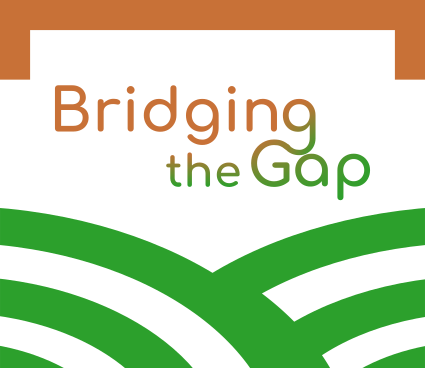Content creation management and sharing

Course Content
1. Introduction to Visual Identity and Branding
General Overview & Theoretical Framework of Visual Identity and Branding: Branding is the marketing practice of actively shaping your brand. That’s the basic definition, but there is so much more that goes into it. Branding is what your business needs to break through the clutter and grab your ideal customer’s attention. It’s what transforms first-time buyers into lifetime customers and turns an indifferent audience into brand evangelists. It’s what you need to stand out, make an impact and take your business to the next level
2. Introduction to Graphic Design
General Overview & Theoretical Framework of Graphic Design: Graphic design plays a vital role in the modern marketing environment and creates a competitive edge for companies and organizations. You only have to think about brands that have conquered their graphic design such as Apple, Tesla, and Coca- Cola, to know the power of design. Not all of us are Apple or Tesla. So what? We can learn from them. We can learn how to join up all the elements of our brand from the best design we can afford. From branding to graphic design can be used by any business organisation to communicate concepts and ideas visually. In a changing world where business is done online, and on the street, great design can set even a small business apart from a major brand. You only have to look at Instagram to see the creativity pouring out of small artisan businesses setting out their stall of products and services to create their following. Every company today needs the services of a graphic designer not only to create impressive marketing materials like brochures, posters, websites, and social media designs but also to effectively communicate the message to the target audience. So, even if you’re not Apple (and let’s face it who is?) let’s brush up on the role graphic designing plays in digital marketing. Graphic design is more than just aesthetics — it’s a form of communication between your business and your audience. Businesses use graphics in every stage of the marketing funnel to inform, engage, and eventually persuade prospective customers to make a purchase or take the desired action. A flyer design can inform local audiences about an upcoming workshop. An attractive email series can upsell new services to current customers. A well-crafted sales page can effectively announce your new product release.
3. Introduction to e-mail Branding (Newsletter)
4. Introduction to Video Animation
General Overview & Theoretical Framework of Video Animation: Animated video is an engaging instrument that can help you tell your story more comprehensively. Here’s some statistics that will make you want to use more video in your marketing: Including video on a landing page can increase conversions by 80%; After watching a video, 64% of users are more likely to buy a product online; 1/3 of all online activity is spent watching video; 50% of executives look for further information after seeing a product/service in a video; YouTube users watch over 3 billion hours of video per month, according to YouTube.
5. Introduction to Podcasting Online
General Overview & Theoretical Framework of Podcasting Online
6. Conclusion
There you have it! The steps to a successful content creation and management process. It requires consistency and a holistic approach. It’s easy to get lost with the myriad of steps and factors you need to consider before you can actually start creating your own content. But with this content creation guide, you can get a head start in generating valuable and engaging content that your audience will love and can help you grow your brand and business. Being authentic and relatable with your audience through honest content helps the reader to connect with your product/service, but also with your brand and its values. Content creation does not stop when you press publish. You should also set time aside to analyse the data that you have available and strive for improvements and optimisation on your work. Ultimately, the true secret to successful content creation is simply experience. The more you do it, the more benefits you’ll see, and the better you’ll become. That said, educating yourself on how to work better, smarter, and more efficiently will only help you get to expert level faster.









